This painting perfectly exemplifies the synthesis of still life and urban landscape, a hallmark of the Lyon avant-garde in the early 20th century. In the foreground, a table covered with a white cloth holds everyday objects: a green carafe, a brown jug, a yellow fruit, and a red apple. These are rendered in simplified, angular forms, echoing the Cubist influence Didier encountered after World War I. The colors are vivid yet controlled, with touches of white catching the light and energizing the composition.
Through the open window, one can see the Saint-Nizier church, recognizable by its Gothic spire rising at the center of a stylized urban landscape. The background, treated with bold brushstrokes and broad areas of color, reflects a desire to merge the modernity of the city with the pictorial tradition of still life. This juxtaposition creates a dialogue between the intimate interior and the dynamic cityscape, playing with depth and perspective.
Faithful to the spirit of the Ziniar group, Didier seeks here to renew the visual language of Lyon’s painting scene by incorporating elements of Cubism and Post-Impressionism, while maintaining a strong regional identity. This work testifies to his ability to blend formal innovation with a deep connection to reality, resulting in a composition that is both structured and vibrant.
Emile Didier, trained at the Lyon School of Fine Arts between 1905 and 1907, began his professional career as a pattern‑designer for the Lyon silk industry, while nurturing a deep passion for painting.
He opened himself to the artistic avant‑gardes of his time and became co‑founder of the Ziniars group in the 1920s—a group whose name (derived from the zinnia flower) reflects its members’ desire for original, vibrant expression. The Ziniars played a key role in creating the Salon du Sud‑Est in 1925, an event that promoted modern art in the region and encouraged artistic exchanges between Lyon and Paris.
Didier’s interest in the avant‑garde deepened when he discovered the work of Fernand Léger and André Derain, two leading figures of Fauvism and Cubism whose art had a profound influence on him. His active participation in these avant‑garde circles and his involvement in Lyon’s artistic life gradually established him as an important player in the artistic dynamics of the first half of the twentieth century.


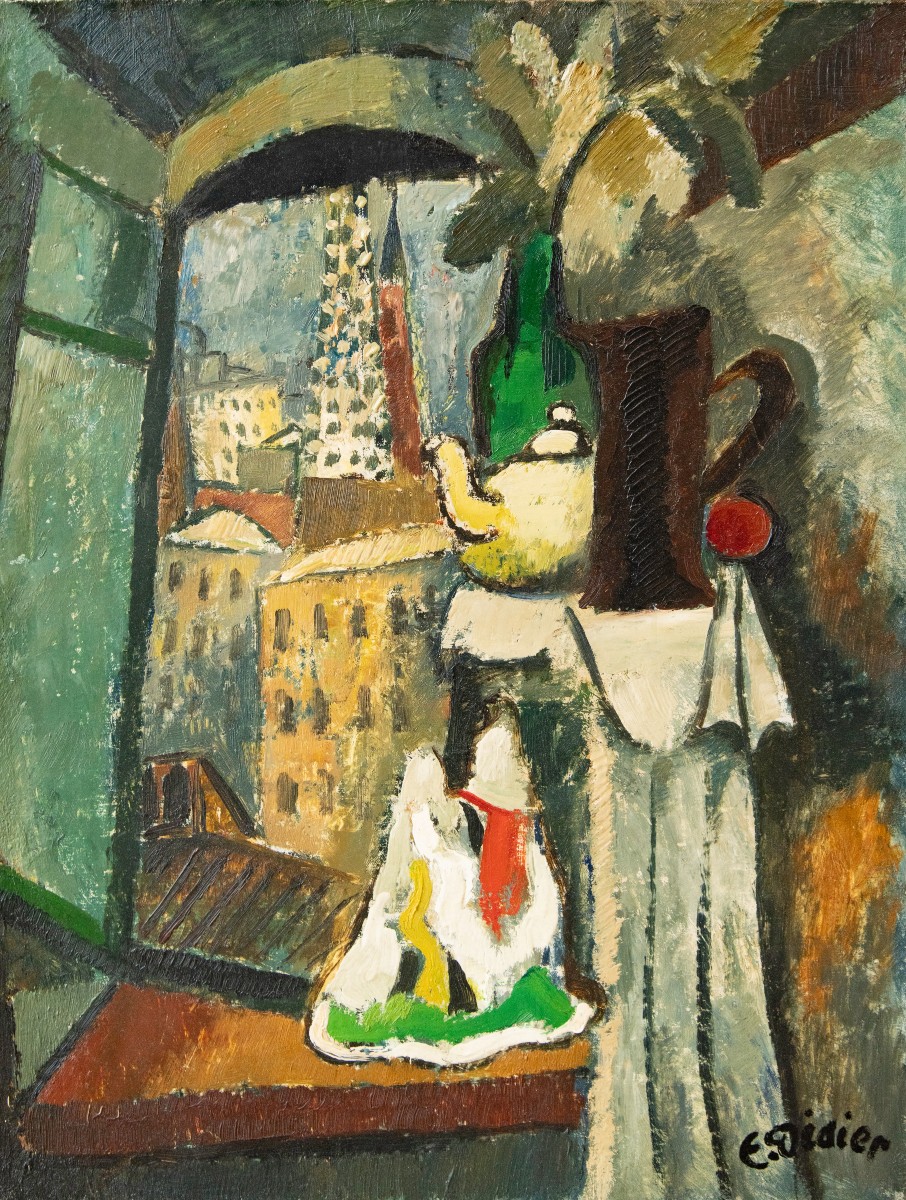






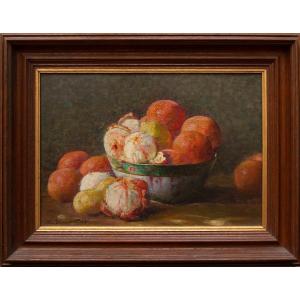

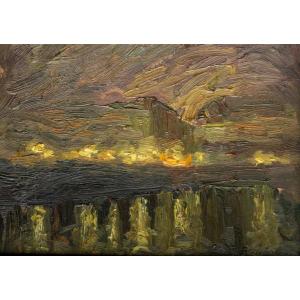

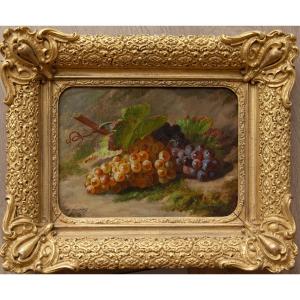

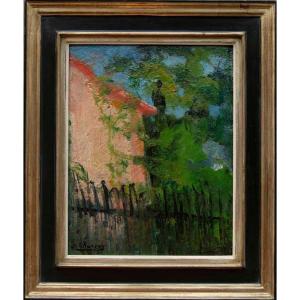


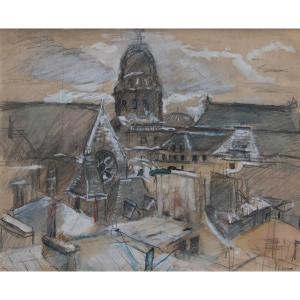
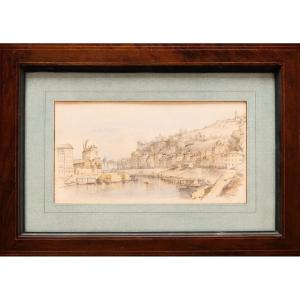
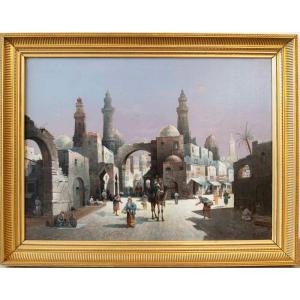



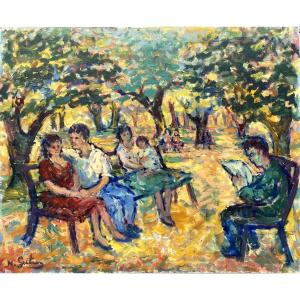







 Le Magazine de PROANTIC
Le Magazine de PROANTIC TRÉSORS Magazine
TRÉSORS Magazine Rivista Artiquariato
Rivista Artiquariato